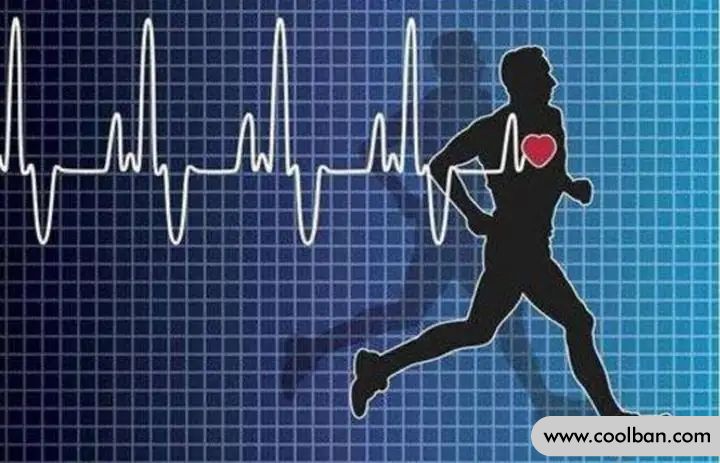What is a healthy heart rate when running and exercising?
Many people think that runners live longer, but there have been reports of marathon runners who suddenly fainted when their eyes darkened in the middle of a marathon run. The heart rate measured at the time was 170 beats per minute, and a later diagnosis of coronary heart disease also raised some concerns. They all agree that running can be healthier, but long-term running, cardiovascular overload, and atrial fibrillation can all cause it.
So what is a healthy heart rate when running and exercising?
"Maximum heart rate = 220-age", which is also a way for many people to distinguish whether exercise heart rate is effective. Subtract your age from 220 to get your maximum heart rate while running. However, simply knowing your maximum heart rate is not enough. You should also master the heart rate standards in three different situations, so that you can more accurately grasp the timeliness of exercise.

Weight loss endurance heart rate
Multiply your maximum heart rate by 65%. How to adjust the heart rate when running can have a good practical effect on enhancing the physical strength of the human body on the basis of consuming fat. Compared with the previous one, it is more practical for some overweight and obese people with insufficient physical strength. they can from 65% begin to gradually increase resistance and lose weight.
Low-intensity heart rate
The maximum heart rate multiplied by 50%-60% is mainly suitable for rehabilitation treatment, middle-aged and elderly people with poor physical fitness and other groups. In the case of poor physical fitness, start running with a relatively light cardiovascular load. For example, a 60 Older adults started running and exercising in the early recovery period after a long illness. Low compressive intensity heart rate should be (220-60)*50% or 60%, or 80-96 beats/min.
According to your physical condition and different exercises, mastering the most suitable healthy heart rate is a better way to stabilize your heart rate. In this way, in the case of exercise, it can also protect your health and prevent cardiovascular damage.

Aerobic exercise to reduce fat heart rate
The maximum heart rate is multiplied by 75%, and the result is the heart rate that is most suitable for aerobic exercise, which can better induce fat consumption and aerobic fitness. For example, a 40-year-old runner needs to reach (220-40)*75% of the heart rate, which is a heart rate of 130 beats per minute, in order to achieve the effect of moderate exercise.
For runners, maintaining a good heart rate range throughout the exercise is of great help in improving the actual effect of running. If you spend time exercising every day but consistently fail to achieve a reasonable heart rate during your workouts, you're wasting time and energy.
A suitable heart rate range can be achieved when running, and it is also one of the most important indicators to distinguish whether running is scientific and reasonable. Compared with the running time and running distance considered by ordinary people, the scientific heart rate zone is obviously more important.
Maintaining a relatively healthy heart rate range while exercising can not only benefit you during exercise, it can also help boost your cardiovascular energy, and can have a positive impact on your resting heart rate. People who insist on scientific running exercise will also have a healthier resting heart rate, so give it a try.
